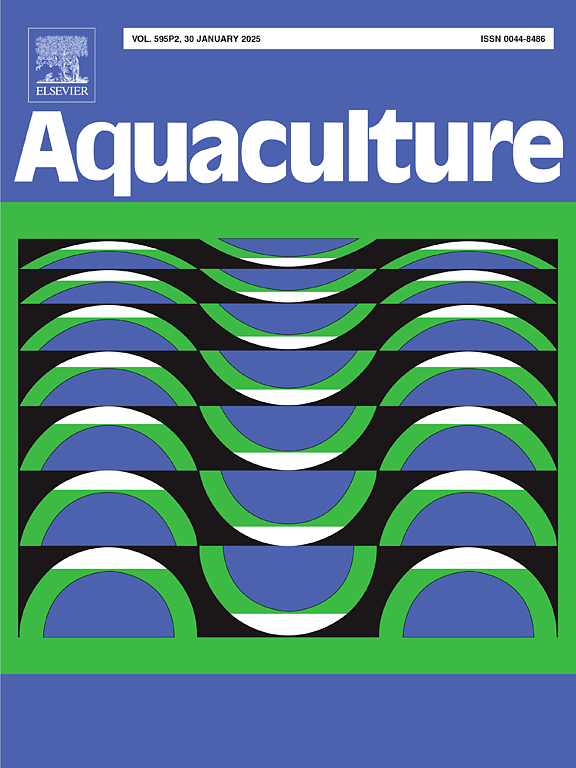Antimicrobial resistance in global catfish aquaculture: Trends, control strategies, and public health implications
IF 3.9
1区 农林科学
Q1 FISHERIES
引用次数: 0
Abstract
Aquaculture plays a crucial role in meeting global protein needs. Concerns are growing however about antimicrobial resistance (AMR) in aquaculture and its impact on public health and food security. AMR mostly arises due to the widespread use of antimicrobials, poor farming practices, and inadequate biosecurity measures. Factors contributing to AMR include the over- and improper use of antimicrobials in aquaculture, regulatory shortcomings, environmental contamination, horizontal gene transfer, as well as co- and cross-resistance. This review examines the contribution of various global catfish species aquaculture to the increase in AMR. We highlight the widespread occurrence of AMR, focusing on common antimicrobial classes used in aquaculture and human medicine. These include penicillins, tetracyclines, macrolides, and sulfonamides. Certain pathogens, particularly extended-spectrum β-lactamase (ESBL)-producing bacteria, pose a significant public health concern, however, the resistance of catfish to carbapenems remains limited. We review the implications of AMR for sustainability. We also emphasize the importance of understanding these factors to create effective monitoring programs, stewardship strategies and protection against AMR in the One Health paradigm. This study highlights the importance of integration of One Health principles to mitigate AMR in aquaculture by recognizing the interconnectedness of humans, animals, and the environment. To ensure public health, food safety, and the industry's future, policymakers and industry leaders must take decisive action, including stricter antibiotic regulations, regular AMR monitoring, ethical farming practices, and investment in sustainable alternatives.
求助全文
约1分钟内获得全文
求助全文
来源期刊

Aquaculture
农林科学-海洋与淡水生物学
CiteScore
8.60
自引率
17.80%
发文量
1246
审稿时长
56 days
期刊介绍:
Aquaculture is an international journal for the exploration, improvement and management of all freshwater and marine food resources. It publishes novel and innovative research of world-wide interest on farming of aquatic organisms, which includes finfish, mollusks, crustaceans and aquatic plants for human consumption. Research on ornamentals is not a focus of the Journal. Aquaculture only publishes papers with a clear relevance to improving aquaculture practices or a potential application.
 求助内容:
求助内容: 应助结果提醒方式:
应助结果提醒方式:


